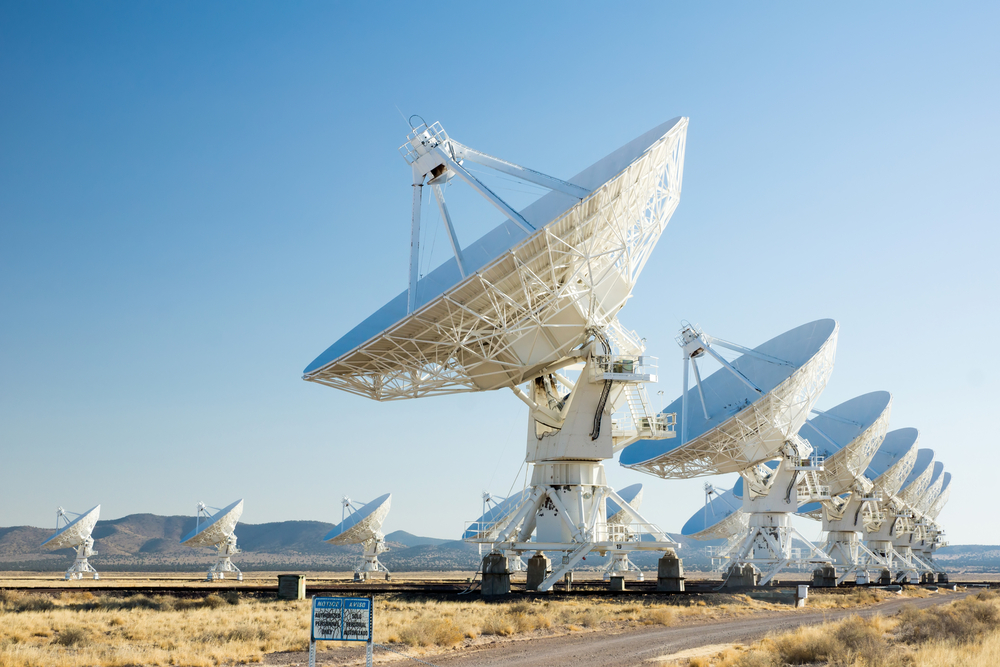This past week featured some exciting space and government satellite news. New steps were taken towards expanding the life of satellites in orbit. The Department of Defense doubled down on MEO as a way to deliver high bandwidth, low latency connectivity to the tip of the spear. Also, the military took steps towards defending satellites from adversaries.
Here are some of the top articles and news stories that we read this week:
SES to launch a satellite on a previously flown Falcon 9
The cost to launch a satellite is, for lack of a better term, astronomical. First, there’s the cost to design and build the physical satellite. Then, that satellite needs to be sent into orbit on board a rocket. The cost of launch has historically been very high, and a difficult barrier to entry that newcomers to the satellite space had to overcome.
But, SpaceX is looking to change that by embracing reusable rockets in an effort to reduce the cost of launch.
In this article from Space News, they share a recent announcement from satellite communications company, SES, that their SES-11 satellite will be the second that the company sends to orbit aboard a Falcon 9 reusable rocket.
SSL, NASA Get Closer to Servicing Satellites in LEO
The aforementioned high cost of building and launching a satellite is unfortunate because they really don’t have a very long lifespan. On average, satellites last about a decade before they begin to run out of fuel and are retired. But, what if a satellite could be serviced and refueled in orbit? They could conceivable keep flying for decades…and that’s exactly what SSL and NASA are planning.
In this article from Satellite Today, they discuss a recent announcement from Space Systems Loral (SSL). According to that announcement, SSL has, “successfully completed the Preliminary Design Review (PDR) for NASA’s Restore-L mission to provide satellite servicing in Low Earth Orbit (LEO).”
The Restore-L mission will refuel and service a satellite in LEO orbit that wasn’t originally designed to be serviced or refueled – and it will accomplish this with robots.
U.S. Space Command develops operational concepts for waging war in orbit
It’s widely recognized across both the government and private sector that space is no longer a benign domain. Space is increasingly contested by our nation’s adversaries that could use jamming, kinetic attacks or other means to negate the satellite services that give a competitive advantage to our military and deliver many advanced functions and capabilities.
According to Space News, knowing that the need for defending satellites is real and increasing, the U.S. Air Force Space Command has developed a concept of operations (CONOPS) for fighting adversaries in space. The Air Force also reinforced their commitment to collaborate more across the federal government, between allied governments and with private industry to ensure that satellite capabilities are always available to U.S. warfighters.
SES to Provide MEO Connectivity for US DOD
Today’s military relies on network-connected devices and IT services to keep warfighters informed, aware and collaborative. Unfortunately, there aren’t reliable fiber networks at the edge in many of the theaters and locations where the military may be deployed.
According to Satellite Today, to help overcome this obstacle, the Department of Defense (DoD) is leasing a second medium-earth orbit beam from satellite communications provider, SES. This MEO beam will deliver fiber-like connectivity to the edge where actual, physical fiber isn’t available, and it will do so with significantly reduced latency since the satellites are much closer to Earth.
